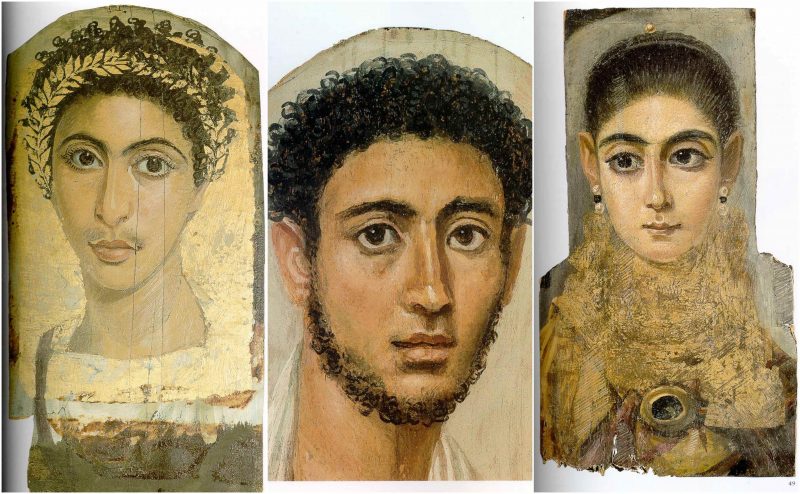Art has always served as the most profound and pure communication form, a frozen fragment of time that allows people of the future to peek in the past. With the help of art, we’ve learned how our ancestors looked, lived, loved and suffered.
Another reason to cherish and appreciate art are the paintings popularly known as the Fayum Mummy portraits. The wooden panels date to the first century BC and show startlingly realistic portraits of ancient faces from the Coptic Period. The almost disturbingly lifelike portraits belong to the tradition of panel painting, one of the most appreciated forms of art in the Classical world. Some art historians regard these portraits as the very first form of modernist painting.
The Fayum portraits, painted with tempera and wax on wooden boards, were attached to the mummies, covering the faces of bodies prepared for burial.
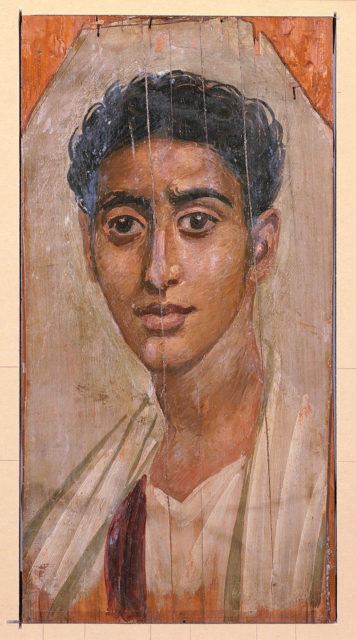
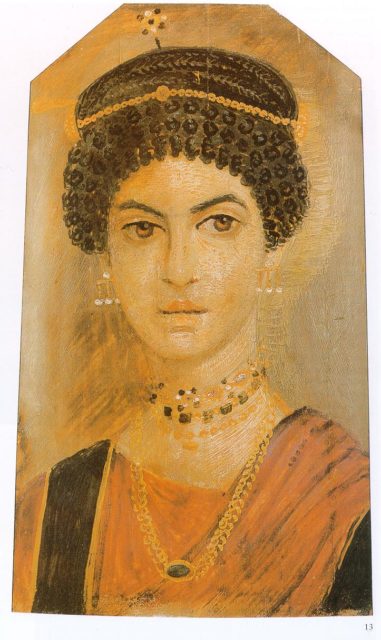
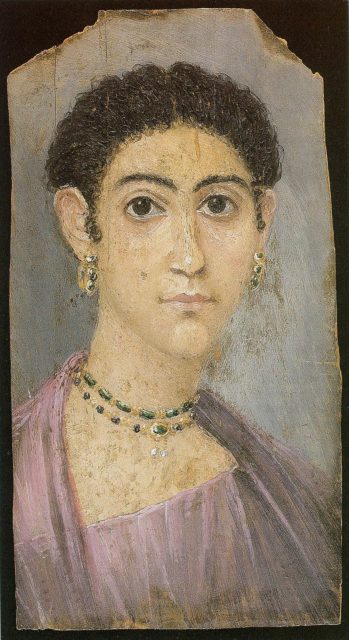
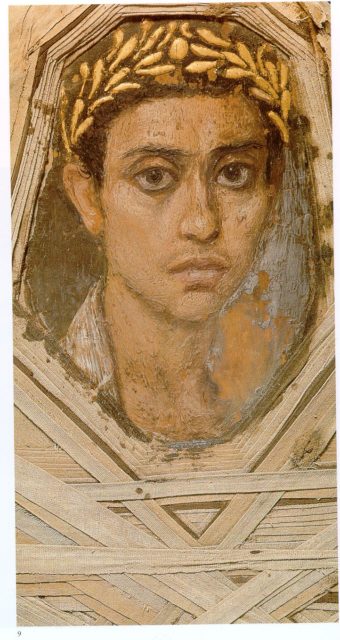
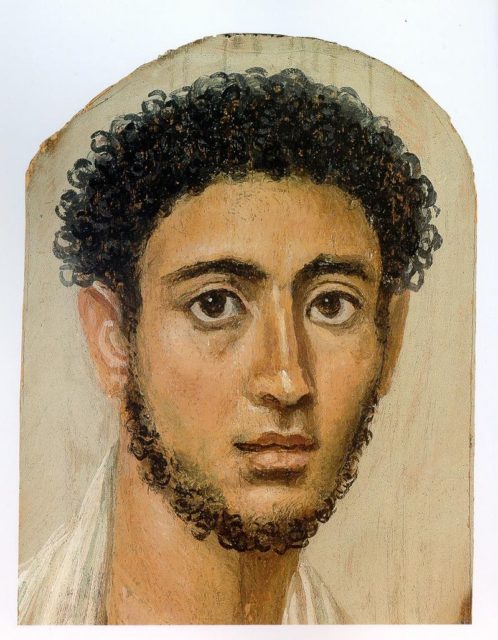
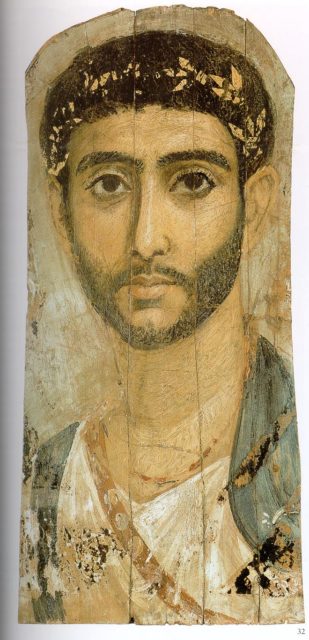
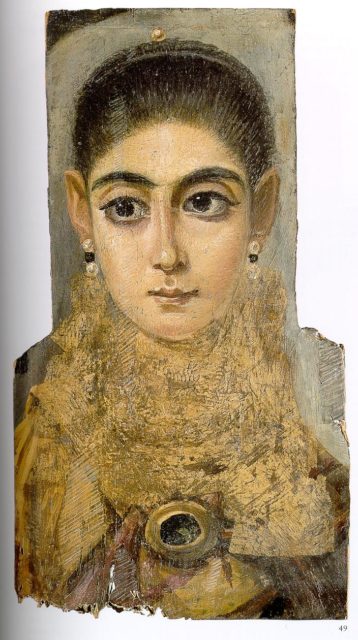
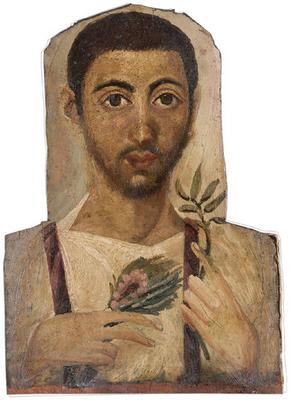
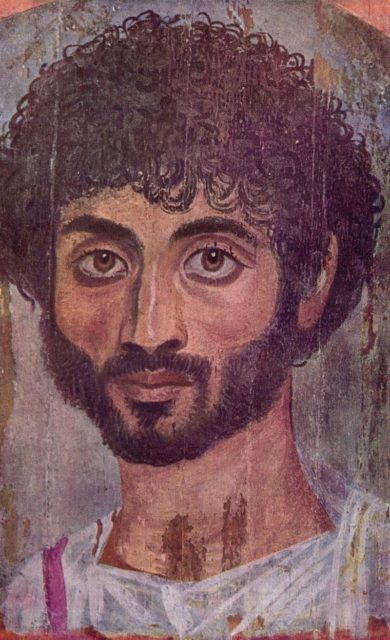
These mummy portraits have been discovered across Egypt, but most of them were found in the Faiyum Basin (hence the common name). However, the term “Faiyum Portraits” is commonly thought as a stylistic more than geographic description.
Although in pharaonic times the painted cartonnage was a common custom, The Faiyum Portraits were an artistic form dating to the Coptic period, when Egypt was under the occupation of the Roman Empire. As an artistic form, the portraits more likely derive more from the Greco- Roman traditions than the Egyptian one.
The portraits, now all detached from their owners, were mounted into the bands of cloth used to wrap the bodies. The naturalistic portraits create an astonishing opportunity to analyze the faces from 2000 years ago.
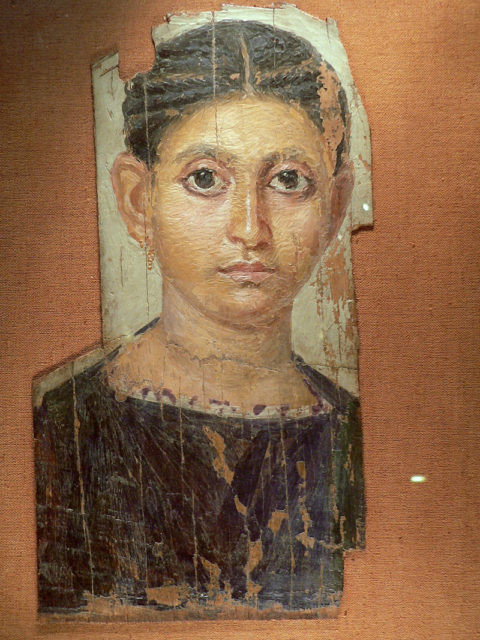
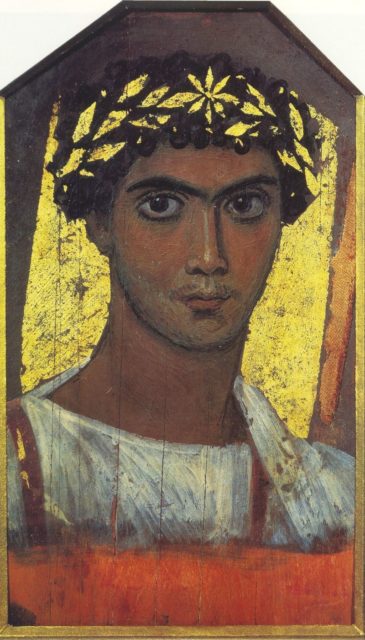
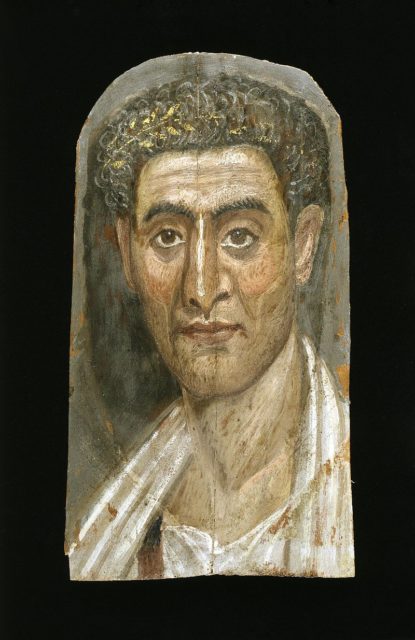
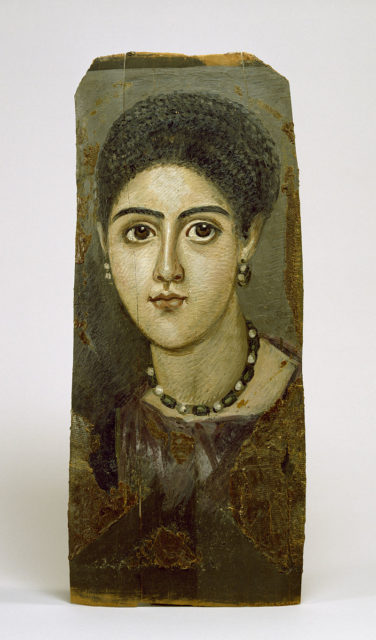
Until now, about 900 Faiyum Portraits were detached from the mummies and have been displayed in various museums. The majority of them were discovered in Faiyum’s necropolis. Their incredibly intact state must be carefully preserved and maintained due to the hot and arid climate of Egypt.
Recent research suggests that the production of the mummy portraits ended around the middle of the 3rd Century AD.
